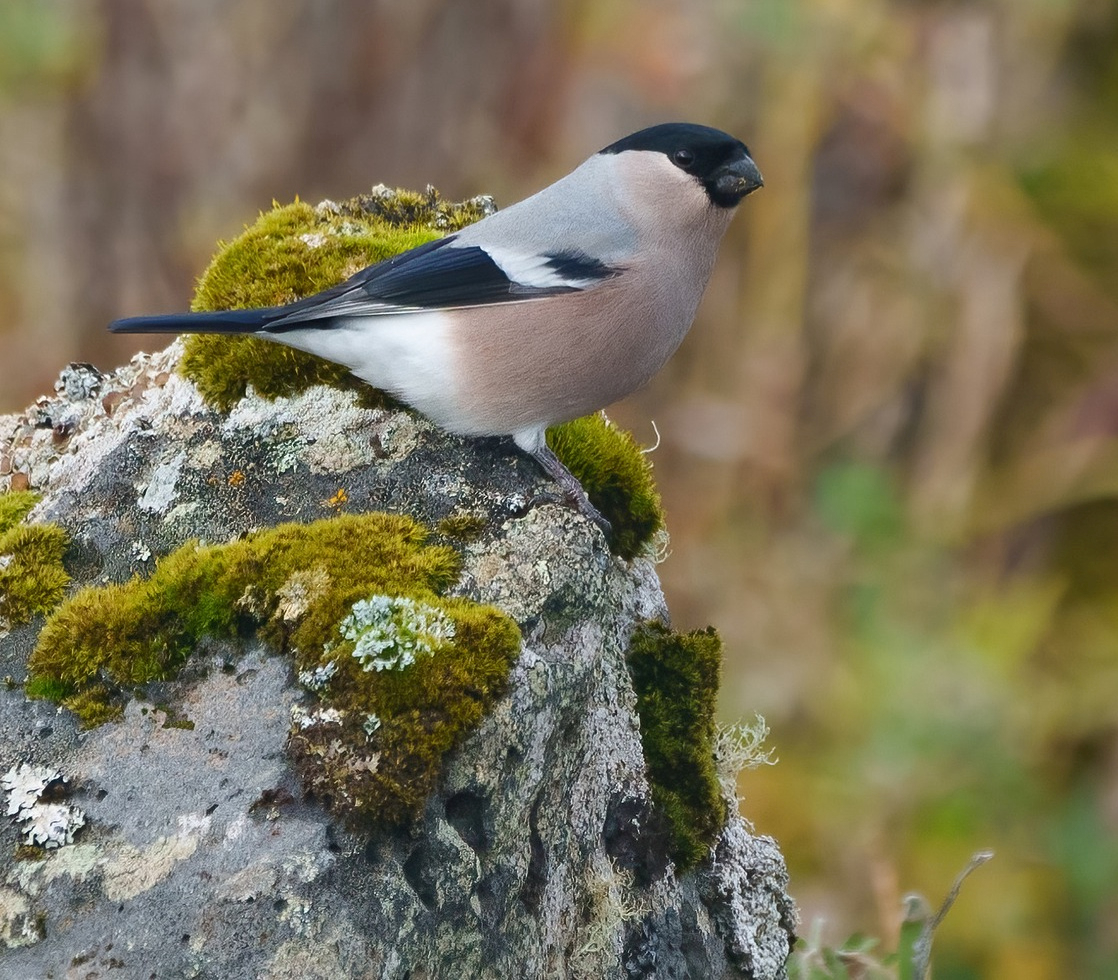
Among a broad variety of attractions for birders to travel to all corners of Alaska, an interest in seeing birds from another hemisphere within the North American realm attracts birders to St. Paul Island in the Bering Sea during late spring and early fall to see such rare birds as a Eurasian Bullfinch (photo by Sulli Gibson).
|
Alaska has a lot to offer birders – birds that can’t be found in the Lower 48, birds that are in full color on their Arctic nesting territories, Asian birds that cross the Bering Strait that stop at the Pribilofs or St. Lawrence Island, and more. You can even hear bird songs and see behavior that is rarely witnessed in wintering birds that migrate south from Alaska. There’s a lot to attract people from other states, Canada, and birding tourists worldwide to Alaska – and a new study reveals resident, national, and international birders spend almost $400 Million Dollars in Alaska each year!
Tobias Schwoerer, an applied economist at the University of Alaska in Fairbanks and his co-author, past Audubon Alaska executive director Natalie Dawson, report that birders spend nearly $400 Million each year and support thousands of jobs in Alaska alone. According to their study, birders are more likely than other tourists to trek to remote areas of the state, and if they are mindful to hire local guides and support local businesses, birders offer isolated rural towns and Indigenous communities a sustainable economic boost while leaving behind a small environmental footprint.
For example, on St. Paul Island, a remote Pribilof Island located in the midst of the Bering Sea, the area’s 400 year-round residents have struggled economically as commercial fishing has declined, but the community has successfully courted birders to help fill the gap. The Pribilofs have long been an attractive location for birders to find birds rare to North America, especially Asian species that are thrilling surprises during late spring and early fall. There are also many resident birds to see on St. Paul Island, and the cliff-nesting seabird colonies are worthy of any birders’ visit, with nesting birds including a variety of puffins, auklets, murres, and kittiwakes.
In their 2022 publication, Schwoerer and Dawson wrote: Birders can bring economic resources to remote communities diversifying their economies and contribute to biodiversity conservation in areas of bird habitat with global significance. Alaska plays a critical role in understanding the link between bird conservation and birding tourism as the state supports the world’s largest concentration of shorebirds and is a global nesting hotspot for hundreds of migratory bird species, including many species of conservation concern.
To learn more, you can refer to the 2022 publication at Small sight—Big might: Economic impact of bird tourism shows opportunities for rural communities and biodiversity conservation - PMC (nih.gov)